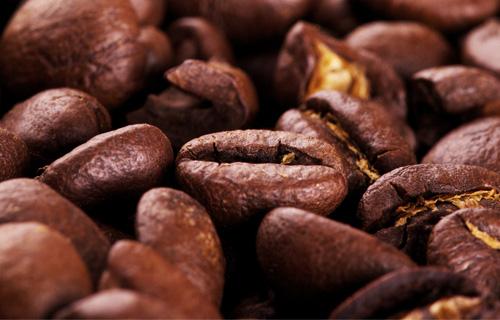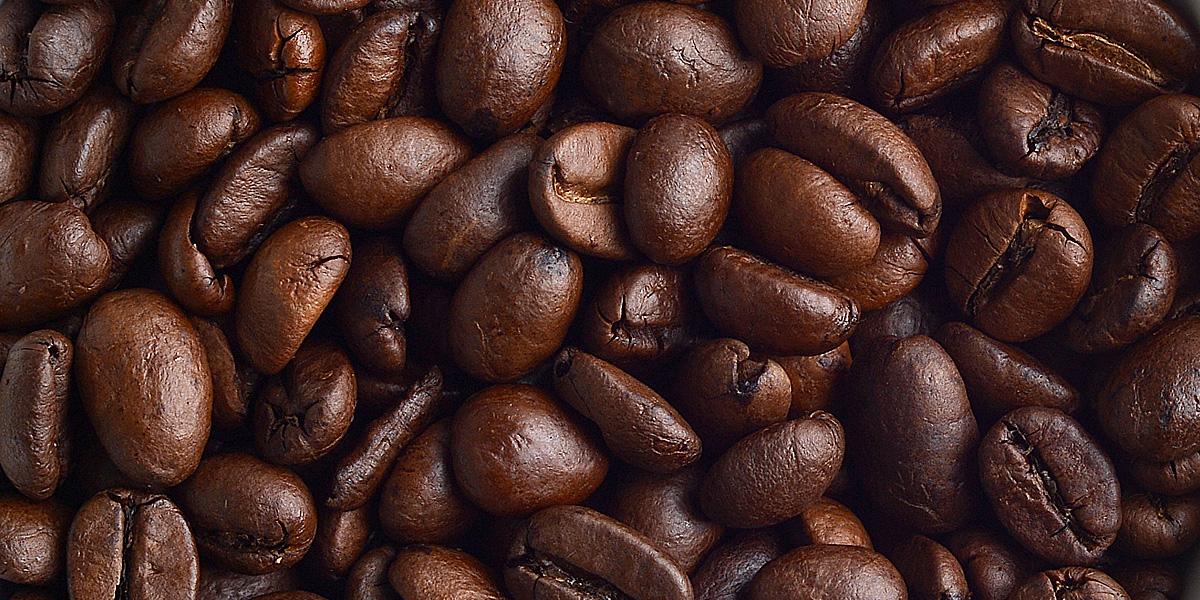El Salvador: steady taste and lively flavor
El Salvador: steady taste and lively flavor
Coffee farming in El Salvador began in the late 19th century, when a group of foreigners took over the land from the locals with a history of barbaric violence.
During the civil war from 1980 to 1992, exploited peasants joined guerrilla warfare in order to extricate themselves from difficulties, and many people lost their lives in the war. Some people speculate that it is this riot that keeps many old varieties alive and not disappear. The war lasted 12 years, and coffee farms had no chance to modernize their cultivation, so they had to continue to grow old varieties.
The quality of Salvadoran coffee that I have been reluctant to part with is that although it has a rich taste, it does not mask the complex aroma. I like the calm and lively style of Salvadoran coffee best.
As in most coffee-growing areas, most farms in El Salvador are located at lower elevations and produce commodity-grade coffee beans. However, there is also some pretty good infrastructure, built at high elevations, just right from the Pacific deepwater port of Akahutra, and an excellent microclimate. Farmers are willing to take the trouble to preserve the delicious but low-yield bourbon and parkas species.
These factors come together to create my favorite coffee.

Active volcanic activity brings mineral-rich volcanic ash to the country. In the soil dominated by volcanic ash, there are more minerals and less organic matter. Therefore, in order to maintain the geographical position and make up for the lack of organic matter, farmers in the country will use the pulp residue of treated coffee beans or organic matter under coffee trees as fertilizer to make up for the lack of organic matter in the soil. Make the planting of coffee trees more able to produce coffee beans with harmonious taste. The country's most meaningful initiative is to introduce organic agriculture to the world, cultivating more than 150000 tons of organic coffee every year.
Salvadoran coffee farmers
There are six major coffee producing areas in Sakuo, all of which are distributed in the alpine slopes or plateau areas covered with volcanic ash at an altitude of 1200 meters above sea level. November to April of the following year is the coffee harvest and harvest season. As coffee prefers a mild climate, coffee trees are mainly planted in the shade of tall trees (shade grown coffee) in order to avoid excessive temperature and direct sun exposure, affecting the quality of coffee beans. The coffee beans produced by it belong to Arabica species, mainly from Pacas and Bourbon brands, and belong to big beans with sweet taste and excellent flavor.
Producing area
Production area introduction
Taste
Planting height (m)
Apeneca-Ilamatepec mountain area
The western part of the country
Sweet, floral, fragrant. Chocolate, drupe, peach and cream flavors, with citrus acidity and exquisite taste, lasting after tasting
500-2365
Alotepec-Metapan
Mountain area
In the north of the country, at the border with Hongguo
Excellent aroma, floral flavor, with chocolate, citrus and special sour caramel sweet to neutralize, with a clear fruit flavor
1000-2000
El Balsamo-Quezaltepec mountain area
It is located in the southern foothills of the coastal mountains of La Libertad province, about the south of San Salvador and San Vincent. It extends westward from Armenia Canyon to La Paz, another province in the northwest.
The coffee in this area has an excellent balanced taste, creamy flavor, excellent concentration, vanilla aroma and bright sour taste, full of very supple taste.
500-1960
Chichotepec Volcano area
Located in the central district of San Vincent
Fragrant aroma, with floral aromas of orange and sweet taste of chocolate
500-1000
Tecapa-Chinameca mountain area
Located in the city of San Miguel, the Lempa River and the Grande River, the hillside slopes to the north to the central valley area and descends slowly to the coastal area to the south
Very diverse taste, coffee concentration, aroma, acidity and sweetness have an excellent balance, with chocolate, ripe fruit flavor, and cantaloupe, apple, grape sweetness
500-2139
Cacahuatique
Mountain area
Located in the east of Barrios City, between San Miguel and Moraz á provinces, north from the Torola River Valley, that is, the mountains along the boundary of Honduras, south in the Torola River Valley, east extending to the city of San Francisco Gotera
With delicate fruit juice flavor, excellent taste, strong coffee and almond flavor
500-1663
Important Notice :
前街咖啡 FrontStreet Coffee has moved to new addredd:
FrontStreet Coffee Address: 315,Donghua East Road,GuangZhou
Tel:020 38364473
- Prev

2017 Salvadoran coffee exports fell slightly
According to official statistics, coffee exports from El Salvador fell slightly by 0.67 per cent in the first three months of the 2016-2017 harvest compared with the same period last year. The Salvadoran Coffee Commission (CSC) said that between October 1 and December 31 last year, El Salvador exported a total of 30, 5936 metric tons of coffee, compared with 30, 6180 metric tons in the same period last year. Due to the country of coffee this year
- Next

Coffee farmer in El Salvador: Aida Batlle
Following Cafe Review (official Wechat account vdailycom) found that the Cafe Beautiful Cafe opened a small shop of its own in El Salvador Coffee Farmer: Aida Batlle moved back to El Salvador from the United States to become a coffee farmer, basically foresee that if you can plant coffee for more than four generations in your family, you will become a coffee farmer, too. But for Aida, the situation is a little special.
Related
- Detailed explanation of Jadeite planting Land in Panamanian Jadeite Manor introduction to the grading system of Jadeite competitive bidding, Red bid, Green bid and Rose Summer
- Story of Coffee planting in Brenka region of Costa Rica Stonehenge Manor anaerobic heavy honey treatment of flavor mouth
- What's on the barrel of Blue Mountain Coffee beans?
- Can American coffee also pull flowers? How to use hot American style to pull out a good-looking pattern?
- Can you make a cold extract with coffee beans? What is the right proportion for cold-extracted coffee formula?
- Indonesian PWN Gold Mandrine Coffee Origin Features Flavor How to Chong? Mandolin coffee is American.
- A brief introduction to the flavor characteristics of Brazilian yellow bourbon coffee beans
- What is the effect of different water quality on the flavor of cold-extracted coffee? What kind of water is best for brewing coffee?
- Why do you think of Rose Summer whenever you mention Panamanian coffee?
- Introduction to the characteristics of authentic blue mountain coffee bean producing areas? What is the CIB Coffee Authority in Jamaica?

